For a long time, E&A Scheer and its subsidiary The Main Rum Company navigated a sort of grey area. All the distillery and brand professionals knew about it, many worked with them to source rums from around the world, but few spoke openly about it.
Things have changed, and phenomena such as the globalisation and growth of the rum market, and the rise of independent bottlers, have transformed E&A Scheer into a key player. And now it’s in the spotlight. Interview with Carsten E. Vlierboom.
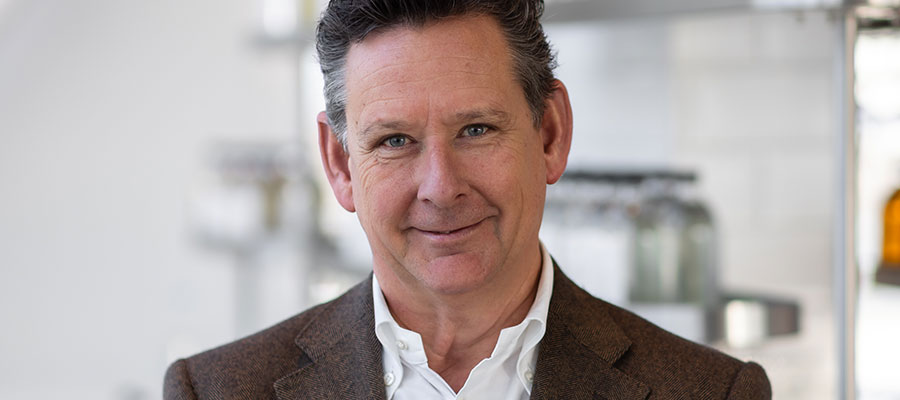
The first question is, what is E&A Scheer?
It may seem rather elementary, but many rum lovers don’t know you.
I’ll give you the short version, because as we’re an old company, the story could be long. We are a rum blending company. We buy rum in bulk from all over the world, from over 40 different origins. We transport it all to Amsterdam, where our stocks are located. There we have a dedicated warehouse where we make blends for customers, and we sell them in bulk to over 60 countries.
How does it work in practice?
Let’s say you want to create a brand of rum, but you don’t have a distillery, you have to find your liquid somewhere, don’t you? You can try to find it from several sources. One thing you can do is travel around the world and talk to distilleries, only to find out that it’s very difficult to buy from them. Either they don’t want to sell to you, or they can’t sell exactly the liquid you’re looking for, or they don’t have the limited volumes to begin with, or they combine these factors with the added complexity of dangerous goods logistics.
The alternative is to talk to our team who will show you a specially designed rum blending tool, ask you a few questions and we can then decide which distillates to use from the different origins we have available. We can combine several types of rum to create a profile that matches your brand’s story, and can even come from a single origin if you wish. In Jamaica, for example, we might even offer you a rum made from four or five distilleries.
The result is a blended rum, but from a single origin. If you want a Caribbean rum, we have a few more origins to play with. If you want a rum from Central America, we have even more origins to play with, as well as from South America… but also rums from Asian countries such as Indonesia, the Philippines, Vietnam, etc.
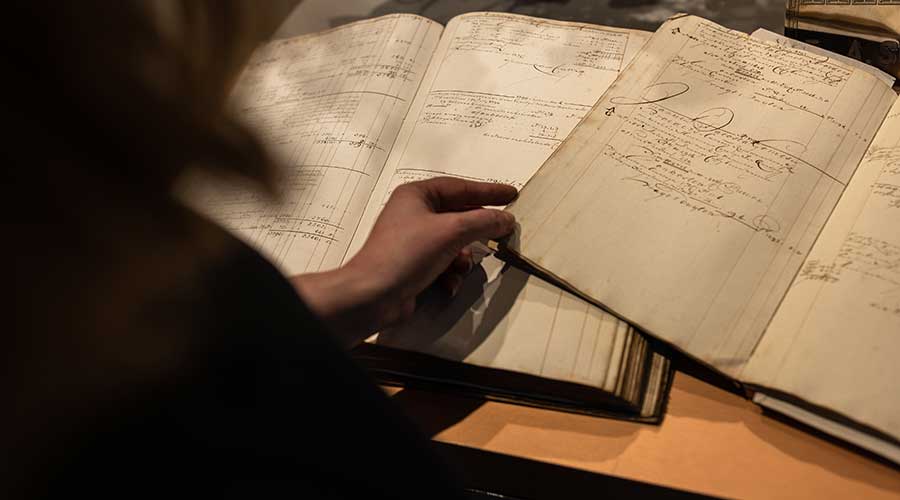
What are your best sellers at the moment?
You mean in terms of origin? We don’t really have any bestsellers. We don’t actively sell one origin, we sell a mix of rums depending on what our customers are looking for. It can be a blend of several origins or even several styles. We have East and West blends where you combine a rum from Thailand, Vietnam and possibly Jamaica, Barbados and Guyana if you wish.
So the choices and possibilities for blending rum are endless and we make it very easy for customers because they tell us what they want, we assemble it and blend it from the stocks we have here in Amsterdam. Once you’ve decided on a rum blend that we’ve formulated together, we can have it ready for shipping within 10 days.
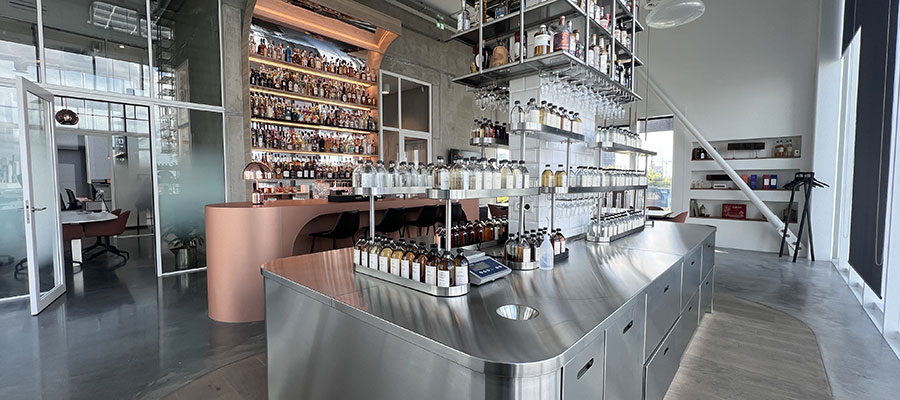
You give the buyer samples and he chooses?
I’ve been doing this for 30 years, haven’t I? Sorry, I’m an old guy (laughs). But what I found was that I was asking my customers the same questions over and over again. What’s your story? What origins are you looking for? What’s your price point?
What markets will you serve? Do you want it to be white rum or dark rum? If you want to age it, what degree of ageing would you like? So there’s a series of questions that I was always asking. So we’ve incorporated them into a little blending tool, which you can also find online. If you go to our website, there’s a section where you can fill in this tool.
You answer all these questions and send it in. A member of our sales team contacts you and checks some of the questions. A few days later, samples arrive by Fedex. Normally, you have a choice of three samples, with associated prices, etc. You can then say: “I like this sample, but I’d like it to be a bit heavier or darker or lighter or fruitier, or I prefer this one”.
We can then adapt the sample and you get a new series of samples. Each sample we send has a number on it and that number is actually the recipe, specially created for you.
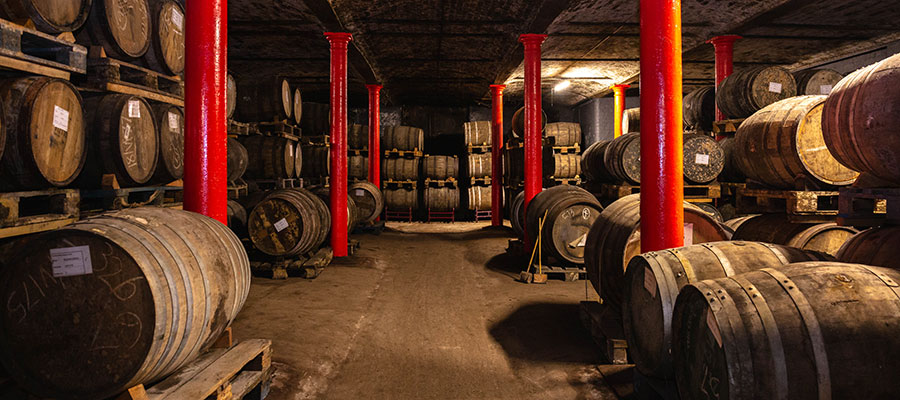
So you can order your rum online?
No, you don’t actually order it online. You create the recipe online with us. The beginning can be done online, so the tool at least helps you. Thanks to the questions, it structures our customers’ thinking and better defines what they’re looking for. The answers help us decide which distillates can be used for this rum project, and which cannot.
To give an example, if someone comes to us and says “I want to create a very basic supermarket product, a white rum for cocktails and it has to be the cheapest on the shelf”, then I know I’m not going to put very exclusive distillates in the blend. It’s going to be a very basic product.
But if someone comes to us with a very elaborate story about, say… the origin of their family, maybe their mother is from Jamaica and their father is from Thailand… I’d say it’s a fantastic blend of those two cultures, so why not make a blend of rums from those two origins!
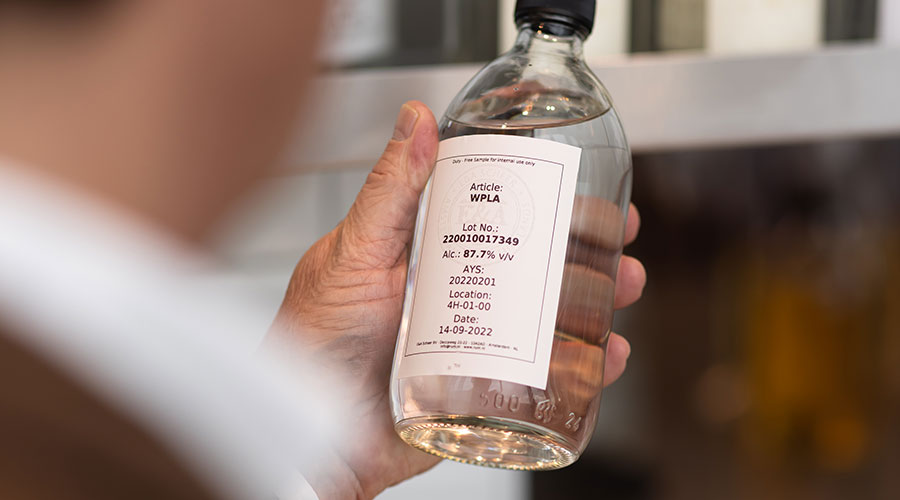
Who are your customers?
Our customers can be rum brands that do not have their own distillery. But they can also be distilleries that produce rum for a brand. Many producers have a column or still, but may want to blend other products. So we also sell to many distilleries, and if they only have light rum, we can help them with a bit of rhum agricole or a bit of grand arôme, for example.
For most distilleries, it is very complex, if not impossible, to buy rum from another origin. As with all our rum customers, we can supply the right blend of rum in the right volumes, even if they only need 1,000 litres.
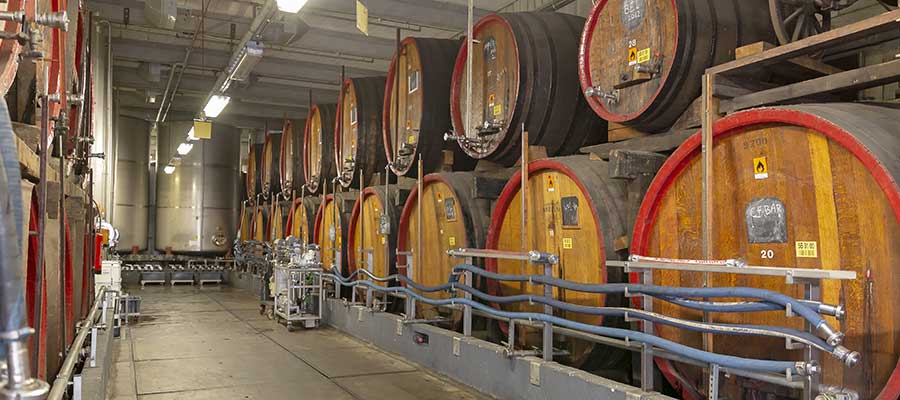
And how do you buy these rums?
As you can imagine, we buy considerable volumes. The standard purchase volume for a distillery is 25,000 litres per order. But we don’t just buy one vat. We buy a large number of vats. Our purchasing teams have put in place a demand planning and forecasting process based on all the recipes we sell. And if you imagine that we buy 20 to 25 vats a week, that’s a considerable volume. If we were a rum brand, that volume would put us at the top of the list of global brands.
How is Scheer structured? Are there any subsidiaries?
Apart from the blending business, we also have The Main Rum Company. Normally, at Scheer, we blend rums to make a reproducible liquid, so the next time you buy a thousand litres or 10,000 litres, it will always be the same. At the Main Rum Company, we have more of a collection of rare and old rums in casks. Everything is in cask. It might be a specific vintage, a specific origin, a specific distillery, or even a specific brand, a specific vintage… Each cask has its own curriculum vitae.
So you must have a lot of treasures, a lot of very rare rums and old rums. Do you have an example to share?
I can’t choose. In terms of age, it goes from the 80s to… yesterday! There are over 40 different vintages and a wide range of origins, at least 30 to 35 different origins. We also have different brands and styles depending on the distillery. Finally, we have different casks. We also do some finishing in casks, such as rum in Madeira or port casks, or in different types of French or American oak… So there really are a lot of variations.
Some people complain that your prices are getting higher and higher. How do you respond to this?
You know, it’s very difficult to compare prices. What do you think people mean by “expensive”?
They say they buy a barrel and the next year the same barrel is more expensive.
Yes, if you want the same barrel a year later. It evaporates. So you can imagine that if you buy a barrel this year and you want the same one next year, there will be less liquid in it. The price will go up. That’s true, but most customers want different casks every time.
I was thinking that maybe it’s because more and more people want the same cask? That there’s more demand than supply.
No, not necessarily. But the more you sell casks of a particular style that people like, the rarer they become and the older they get, the more expensive they become. That’s true. But if you compare what we charge for a barrel-aged rum and you try to buy a similar quality in whisky or bourbon, you’ll have to pay a lot more. So I think it’s important to keep things in perspective. And if someone doesn’t agree with the price we’re offering, we can always offer them another cask at a price that matches their project. But that shouldn’t stop people from buying from us. Because there’s always an alternative for different types of product.
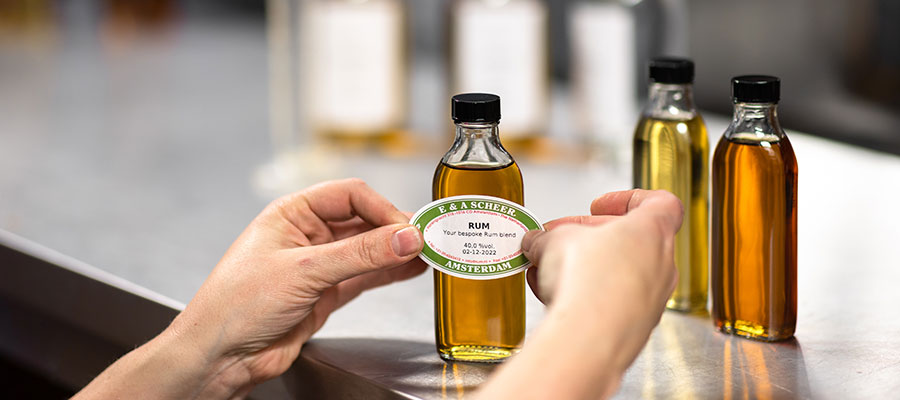
By the way, how many barrels of rum do you have in your warehouse?
More than one, and less than a hundred thousand. Sorry, but we never reveal the exact number because it changes all the time. We have warehouses in Amsterdam, in Liverpool, others in Scotland, in Jamaica… We distribute our stocks for reasons of risk. Imagine if you had everything in one warehouse and you had an incident, then you’d have a problem! In the past, we used to have everything in the UK, but after the Brexit it was better to have it here in Europe too.
Let’s go back in time. How long has E & A Scheer been in existence?
There’s some discussion about that. In our logo, it was written in 1712, and when we delved into history, we came up with 1763 or something like that. Today we say it’s more or less 300 years.
It started out as a shipping company, but we supplied more spirits and local products, which had to be shipped to distant overseas territories. So we were more a supplier of goods than anything else. In 1850, 1860, around that time, I think rum became a bit more of a cargo for ships, and later we specialised in that.
You’ve been in this business for 30 years. How has rum evolved over the course of your career?
Very strongly. When I started, it was a fairly traditional industry and we only had a few countries where we bought our rum, mainly at the time, the ACP countries, which benefited from a preference in terms of import duties compared to Europe. We also produced a traditional distillate, Batavia Arrack from Indonesia. About thirty years ago, I joined a family business that looked like it was set back 50 years, you can imagine. So I started in a company that was 80 years old.
Everything was still done by hand and it was almost a place where people wrote, with typewriters and things like that. But as I had a bit more experience in companies, I quickly introduced what’s called a database, which is very practical. Today it’s unimaginable, but introducing a database really helped us to find customers. We used the system we already had, but we did it in a more organised way.
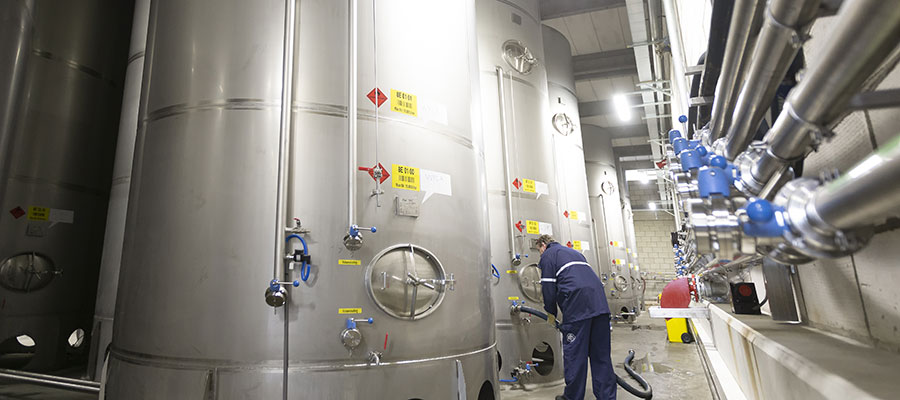
And what about today?
Today, the company is 55 times bigger than when I started. So the outlook is very different and I have the impression that the whole rum landscape has changed. In the beginning, it was impossible to sell anything in France because the dominant rum was produced in the French islands, where we had no presence.
In France, everyone drank rum with an H, agricole. And everyone drank it because their father drank it and their grandfather drank it and that was the local rum tradition. In France, it was perfectly normal to be interested in traditions such as terroir and origin, which were very important. However, let’s say that 20 or 15 years ago, the French consumer suddenly discovered very exotic rums like Zacapa, then Don Papa or Diplomatico.
These rums are very different from traditional French rums, because they are easy to drink, smooth and accessible. You don’t have to learn how to drink these rums. I think younger consumers have started to discover these more accessible products and have realised that there is a whole world beyond French rum. Because of this change, many French customers have come to us. As you can imagine, some of the most popular rum brands today started working with us.
These companies produced a lot of origins because it was very easy for them to go to Scheer and choose a few origins or make excellent blends of rum with us. Not all of them buy their rum exclusively from us, but we have made it easier for many of them to start up and develop new trends.
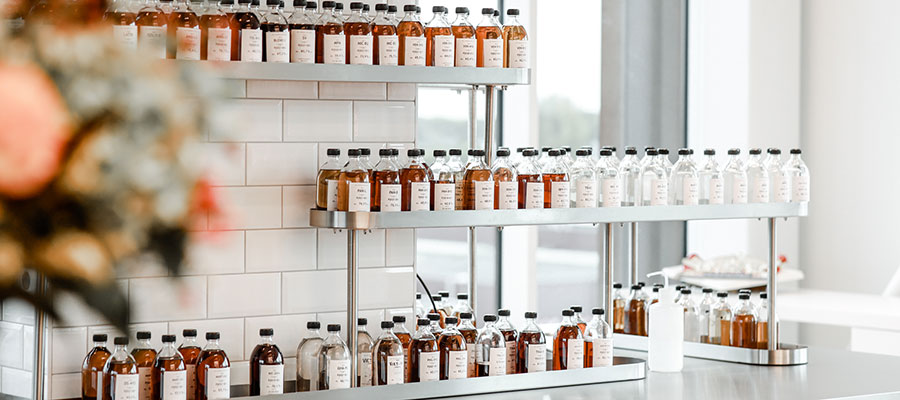
Some of your customers now own a distillery
Yes, but many continue to buy from us because it’s so convenient and easy. And if they have a distillery, it doesn’t supply rum from Guatemala or Belize, for example. A number of new markets have also really taken to us.
In Germany and the UK, the rum craze was booming. So we were on the right track and what you see is that every new customer we have is looking for something specific, something that only they want, something that is special to them, something that is premium. And that’s exactly our rhythm in the rum market, because we’re not trying to sell something that we produce.
We try to sell what our customers want to buy by discussing with them what they are looking for and developing the product. The customer is always part of the process, because they simply tell us what to blend and we turn it into a rum.
Let’s talk about the future. How do you see rum evolving over the next ten years?
If you look at the rum category as a whole, the growth curve is flat. There’s not a lot of growth, but there is the sub-category of premium and super-premium rums, which is growing quite rapidly.
We’re also seeing a lot of whisky and bourbon drinkers moving away from these liquids and discovering rum, which they really enjoy. So we’re seeing strong growth in rum, particularly in the premium segment. And as I was saying just now, if you want something special for yourself, it will be top-of-the-range. We’ll be able to blend it.
I think it’s obvious that you like rum. But what type of rum do you prefer?
There are so many types and styles of rum. I like a good rum that’s a blend of different styles, that has character. But it doesn’t have to be the oldest or most prestigious rum. For example, a rum like Black-Tot, Duppy Share or Equiano Rum, if you’ve tried them.
Are there any flavours you prefer?
I hate flavourings. OK, we don’t use flavourings, but that’s probably not what you meant.
For example, in a rum, do you like the fruity taste or the floral taste?
I really like mixing rums. I’d like a well-balanced rum that contains aged elements, but also heavy and fruity elements. Sometimes a good blend can have some bitterness, which makes it interesting.
There can be herbal notes that make it different. In fact, if you look at rum, you have so many different styles, and if you put those styles together in what I think is a decent blend, it’s the most fantastic rum for me.
Do you sell rum to people who make rhum arrangé or spiced rum?
Yes, we don’t produce fruit for the rhum arrangé, but we do supply a good blend of basic rum, and the same goes for the spiced rum. So we don’t supply spices, because that’s a different skill. We supply a basic rum blend, which is consistent and very good for spiced rum.
Some people think that if you add spices, why not make spiced rum with the cheapest rum available, but in our experience that doesn’t work. All the great spiced rums have a specific blend. And not for nothing, it makes for a good product, which we can supply.
Do you sell spirits other than rum? Like whisky or gin?
Only rum. You can ask me any question about any number of spirits, but you’ll always get an answer about rum. If you ask me what Bourbon you like? I’ll tell you that I really like rum!
